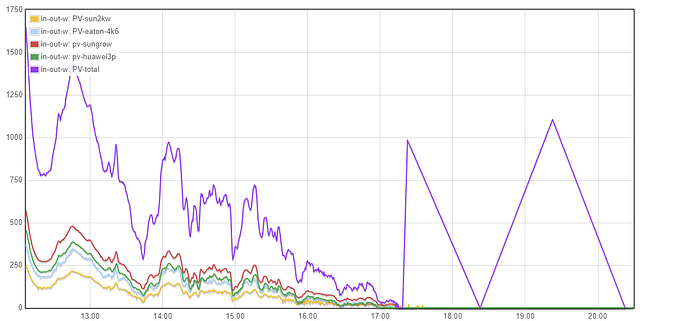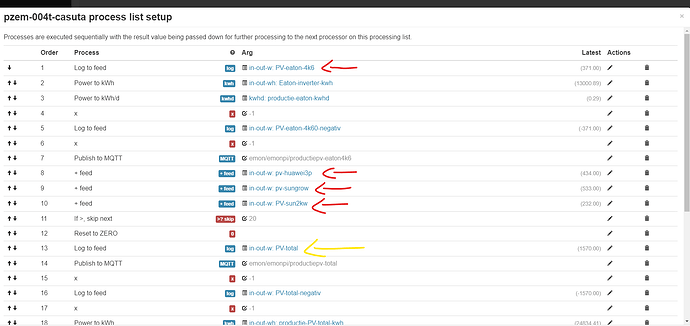it’s PHPFina
2024-03-14 00:20:50, null, null, null, null, 0
2024-03-14 00:21:00, null, null, null, null, 0
2024-03-14 00:21:10, null, null, null, null, 0
2024-03-14 00:21:20, null, null, null, null, 0
2024-03-14 00:21:30, null, null, null, null, 0
2024-03-14 00:21:40, null, null, null, null, 0
2024-03-14 00:21:50, null, null, null, null, 0
2024-03-14 00:22:00, null, null, null, null, 0
2024-03-14 00:22:10, null, null, null, 0, 0
2024-03-14 00:22:20, null, null, null, null, 0
2024-03-14 00:22:30, 1406.0, null, 0, null, 0
2024-03-14 00:22:40, null, null, null, 0, 0
2024-03-14 00:22:50, null, null, null, null, 0
2024-03-14 00:23:00, null, null, null, null, 0
2024-03-14 00:23:10, null, 0, null, 0, 0
2024-03-14 00:23:20, null, null, null, 0, 0
2024-03-14 00:23:30, null, null, null, 0, 0
2024-03-14 00:23:40, null, null, null, 0, 0
2024-03-14 00:23:50, null, null, null, 0, 0
2024-03-14 00:24:00, null, null, null, null, 0
2024-03-14 00:24:10, null, null, null, 0, 0
2024-03-14 00:24:20, null, null, null, null, 0

